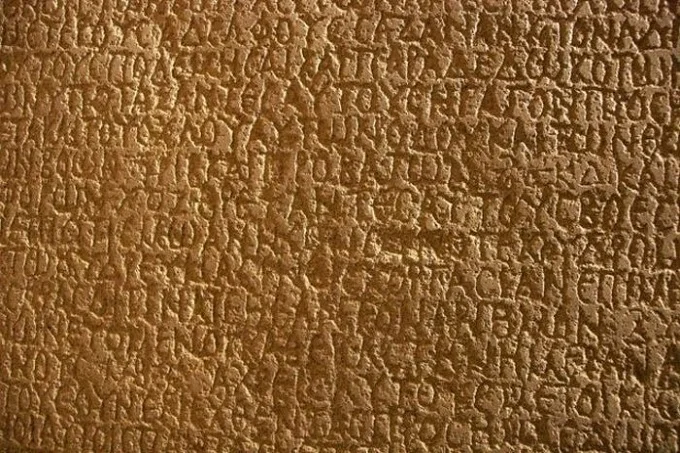Ezana Stone: an artifact of ancient Ethiopian kingdom of Aksum

The Ezana Stone is a pre-Islamic monument and an artifact of the ancient Ethiopian kingdom of Aksum. The 1650-year-old stone monument is a unique artifact that documents the conversion of the Axumite king Ezana to Christianity and his conquest of various neighboring territories, including Meroe. It is one of the few surviving ancient written records originating from pre-Islamic Africa.
The Kingdom of Aksum, also known as the Aksum Empire, was a developed trading country that was located on the site of modern Eritrea and Northern Ethiopia. The heyday of the kingdom occurred approximately in the 100 – 940 years of our era.
Although the first state formation on this site belonged to the Proto-Axum Iron Age (IV century BC), it was only in the I century AD that Axum became one of the main players on the trade route between the Roman Empire and Ancient India.

The king of Axum Ezana ruled in the IV century AD. He was the first ruler of the kingdom of Aksum who converted to Christianity, but the first inscriptions on the stone date back to the pagan era, because in them, Ezana calls himself the son of the deity Mahrem, and there is no mention of a Christian God.
After the battles against the Nubians, Ezana decided to perpetuate the memory of his victories on stone steles written in Geez (ancient Eritrean/Ethiopian), Sabean (South Arabian), and Greek. Because of this, many scientists compare the Ezana Stone with the Rosetta Stone.
The Ethiopian Orthodox Church originated during the reign of Ezana. In his “Ecclesiastical History,” Rufinus of Aquileia tells that Saint Frumentius, a personal Syrian slave of the young monarch, converted him to Christianity.

Towards the end of his reign (around 350 AD), King Ezana launched a military campaign against the Kushites, which eventually led to the fall of the kingdom of Kush. In the city of Meroe, which was once the capital of Kush, today there are many inscriptions on stone steles made in the Geez language.
The efforts of Frumentius, who managed to convince the king to change his religion, were not in vain. Since then, Christianity has remained the main religion in Ethiopia to this day.




